Photo by Rob Hille licensed under CC BY-SA 3.0
As an avid gardener, amateur fisherman, and a descendant of a long line of farmers, I have always held earthworms in high regard. These little ecosystem engineers are great for all of the above, right?
Not so fast! Things in life are never that simple! Let's start at the beginning. If you live in an area of North America where the glaciers once rested, there are no native terrestrial worms in your region. All of North America's native worm populations reside in the southeast and the Pacific northwest. All other worms species were wiped out by the glaciers. This means that, for millennia, northern North America's native ecosystems have evolved without the influence of any type of worms in the soil.
When Europeans settled the continent, they brought with them earthworms, specifically those known as night crawlers and red wigglers, in the ballasts of their ships. Since then, these worms have been spread all over the continent by a wide range of human activities like farming, composting, and fishing. Since their introduction, many forests have been invaded by these annelids and are now suffering heavily from earthworm activities.
As I said above, any areas that experienced glaciation have evolved without the influence of worms. Because of this, forests in these regions have built up a large, nutrient-rich, layer of decomposing organic material commonly referred to as "duff" or "humus." Native trees, shrubs, and forbs rely on this slowly decomposing organic material to grow. It is high in nutrients and holds onto moisture extremely well. When earthworms invade an area of a forest, they disrupt this rich, organic layer in very serious ways.
Worms break through the duff and and distribute it deeper into the soil where tree and forb species can no longer access it. Worms also pull down and speed up the decomposition of leaves and other plant materials that normally build up and slowly create this rich organic soil. Finally, earthworm castings or poop actually speed up runoff and soil erosion.
All of this leads to seriously negative impacts on native ecosystems. As leaves and other organic materials disappear into the soil at an alarming rate via earthworms, important habitat and food is lost for myriad forest floor organisms. In areas with high earthworm infestations, there is a significant lack of small invertebrates like copepods. The loss of these organisms has rippling effects throughout the ecosystem as well. It has been shown that, through these activities, earthworms are causing declines in salamander populations.
It gets worse too. As earthworms speed up the breakdown of the duff or humus, our native plant species are suffering. They have evolved to germinate and grow in these rich, organic soils. They rely on these soils for survival. As the nutrient rich layers get redistributed by earthworms, native plant and tree populations take a hit. Spring ephemerals have been hit the hardest by earthworm invasions for these reasons and more. There is very little recruitment and, in time, many species are lost. For small seeded species like orchids, earthworms can even consume seeds, which either destroys them outright or drags them down deeper into the soil where they cannot germinate. Earthworms have also been shown to upset the mycorrhizal fungi networks which most plant species cannot live without.
Top Left: Forest soil horizons without earthworms; Top Right: Forest soil mixed due to earthworms; Bottom Left: Forest understory diversity without earthworms; Bottom Right: Forest understory diversity with earthworms. Credits: [1]
So, what can we do about this? Well, for starters, avoid introducing new populations of earthworms to your neighborhood. If you are using earthworms as bait, do not dump them out onto land when you're done. If you must get rid of them, dump them into the water. Also, if you are using worm castings in your garden, it has been recommended that you freeze them for about a week to assure that no eggs or small worms survive the ride. If you are bringing new plants onto your property, make sure to check their root masses for any worm travelers. Remember, no worms are native if you live in a once glaciated region.
Sadly, there is not much we have come up with at this point for dealing with the current earthworm invasion. What few control methods have been developed are not practical on a large scale and can also be as upsetting to the native ecology as the earthworms. The best bet we have is to minimize the cases of new introductions. Earthworms are slow critters. They do not colonize new areas swiftly. In fact, studies have shown that it takes upwards of 100 years for earthworm populations to migrate 1/2 mile! Armed with new knowledge and a little attention to detail, we can at least slow their rampage.
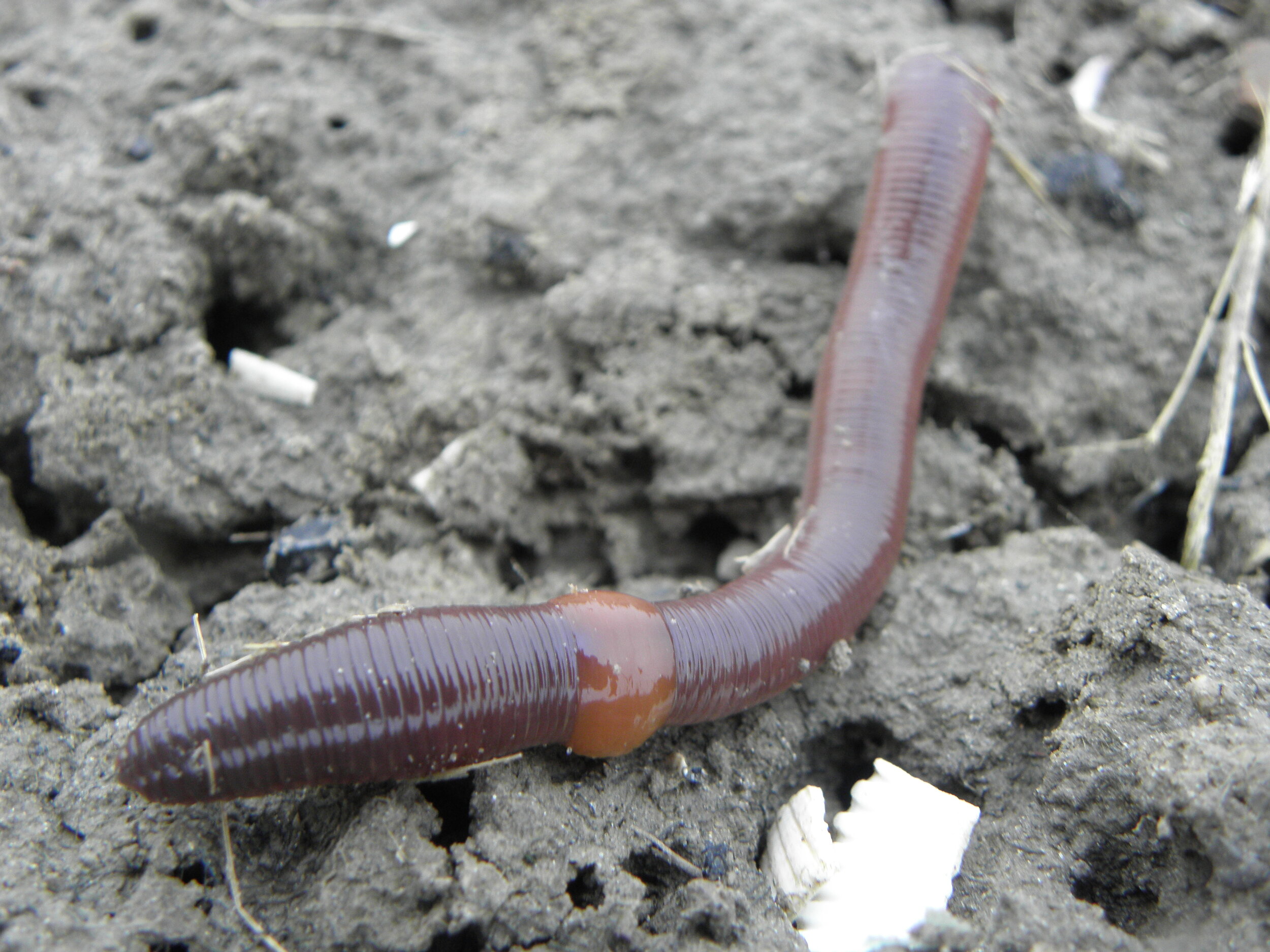
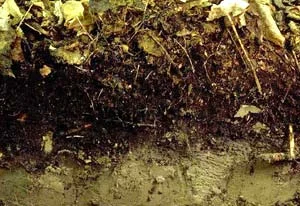
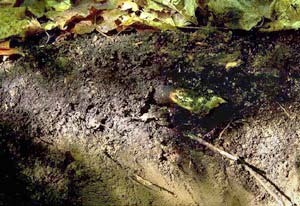
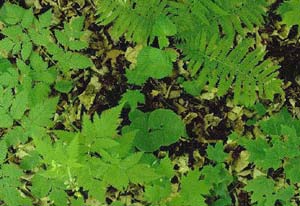
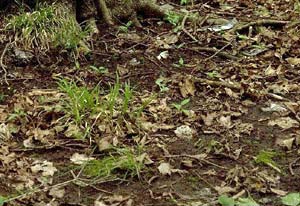


![Photo credit:J. L. DeVore [SOURCE]](https://images.squarespace-cdn.com/content/v1/544591e6e4b0135285aeb5b6/1436965972190-UHK0SJ1NG6LJ23870IV2/image.jpg)